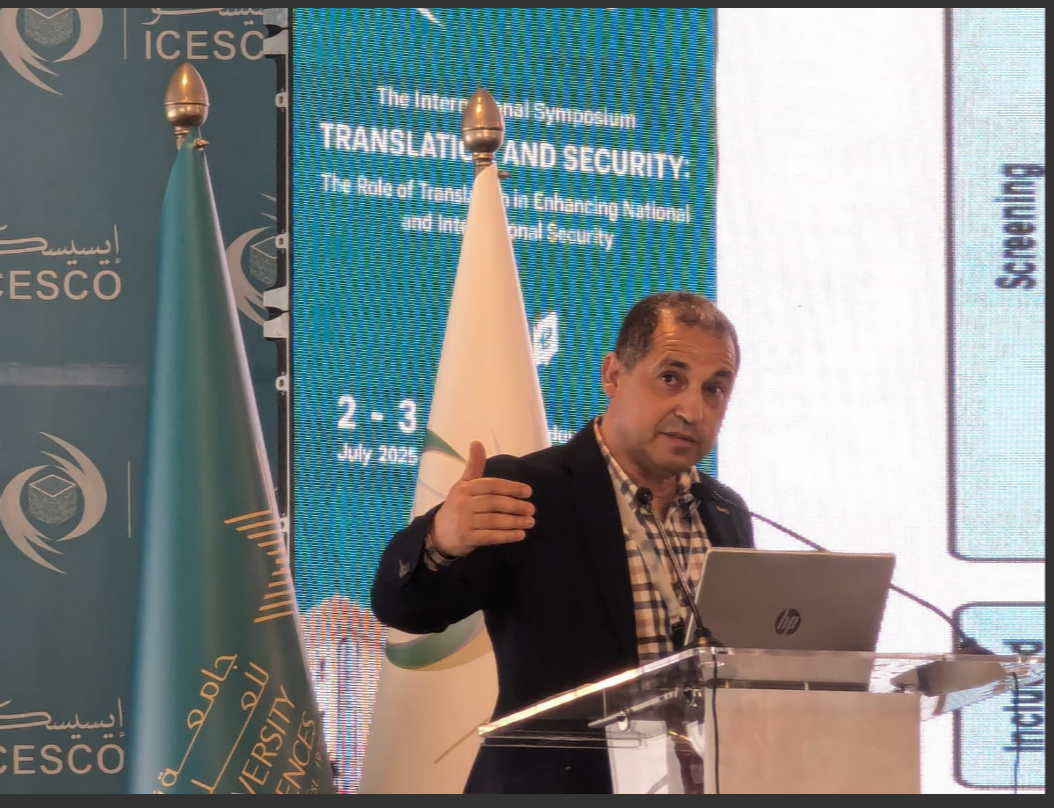Some programs in the social and humans sciences do have practicum or field training as part of their education pathway before getting a BA or and MA or , in some cases, a Diploma. This opportunity provides a chance for the learner/trainer/ novice teacher to gain work related types of competencies, although the time is usually not enough due to various reasons: institutional, planning, strategic..etc.
When I carried out my doctoral research inquiry/work on two university based educational programs in the state of Qatar, I addressed and explored the internship and field work dimension. At that time, the team was in the process of developing a guide and protocol document to ensure that the internship process ( that was for future translators/interpreters) did have an adequate training prior to their graduation.
Yet, the support provided to these students needed further work. It is not easy when the multilingual professional is under heavy pressure to deliver on-time projects and at the same time monitor students who have never been engaged in hectic professional environments. The competencies needed in that real life context ( usually psychological, non-linguistic, attitudinal, aptitudinal..etc type of abilities) combined with ( like in the vase of teacher education) managing and addressing the class for the first time as well as making sure that the pedagogical dimension is well taken care of.
In Canada, pre-service teachers or future multilingual providers or any other learner in a professionally type of program, do engage in dual education. Students take this type of internship whereby they alternate between work ( training) and studies. Students engage as both future professionals and ongoing student learners. This way, their learning becomes authentic and contextual : experiential. Hence, this type of work will certainly lead to pertinent outcomes.
Based on the competency ( rather content based) based type of curriculum developments, the planning of training and teaching should prioritize the list of competencies ( knowledge, skills, and behaviour) that are prioritized in the learning/performance curve of the students. In this regard, new contents , innovative one, should be stressed since traditional content would , usually in the social and human sciences, not fit in well with the competency model. When we say content we also need to add pedagogy and provision of thriving, relevant nd significant learning environment. It is not about a TEXTBOOK . It about a learning environment that should empower the learner. Textbooks are part of this complex yet coherent and connected environment.


No comments:
Post a Comment